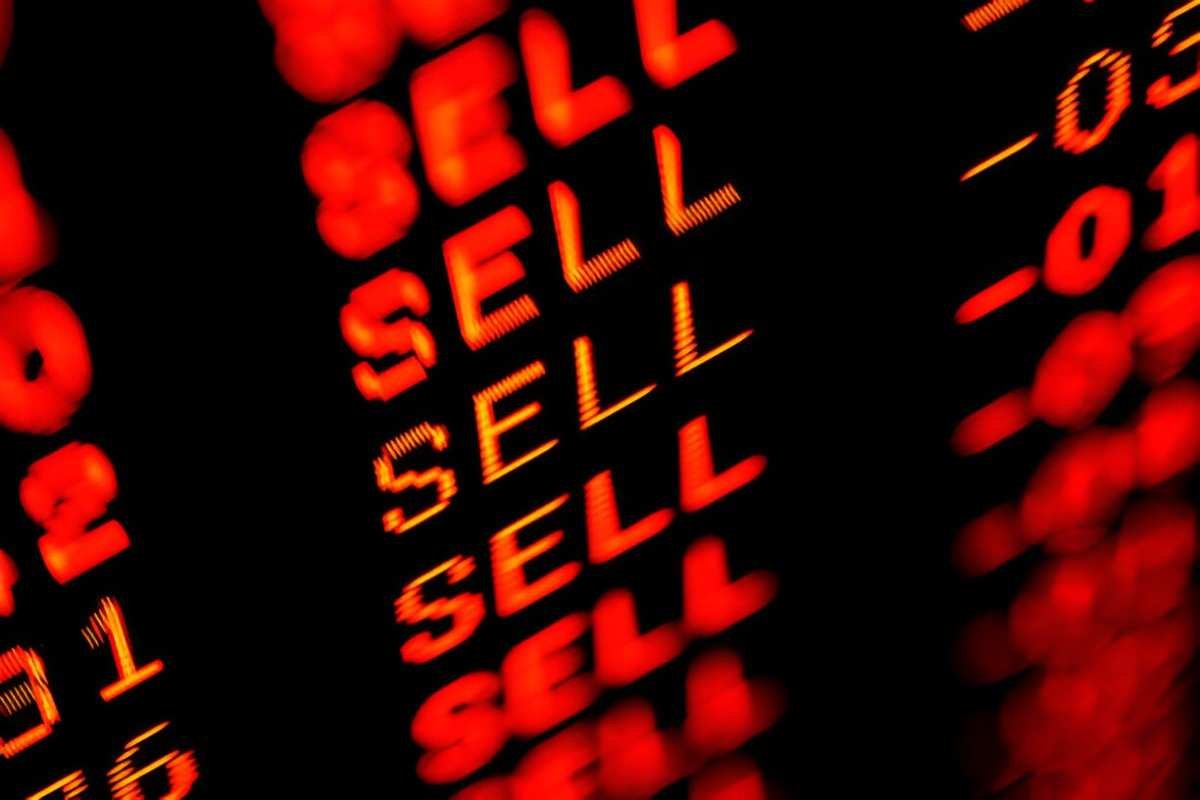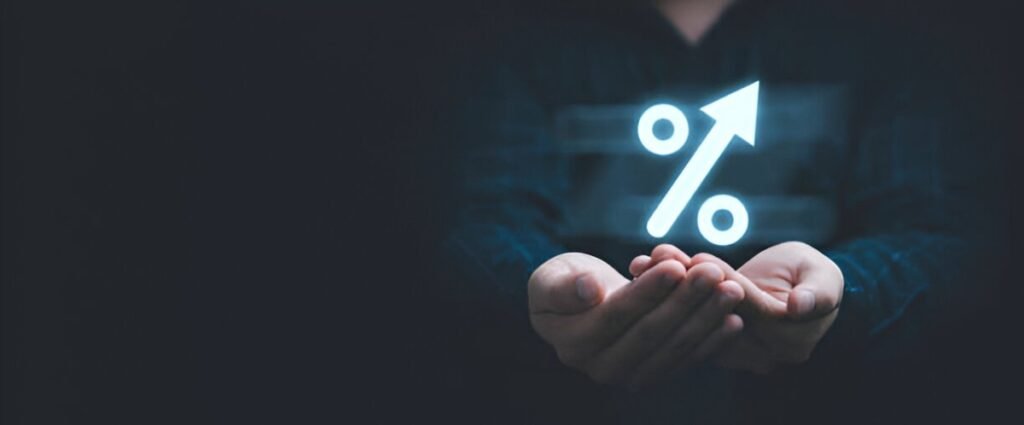As an investor, I have often encountered the term “ex-dividend date,” but it wasn’t until I truly dug into how it affects stock prices that I started to grasp its real-world implications. The ex-dividend date is a crucial concept in stock trading, especially for those of us who are dividend investors. This article aims to demystify the impact of a stock selling ex-dividend on its trading, explaining everything I’ve learned through examples and clear calculations.
Table of Contents
What Does Ex-Dividend Mean?
When a company declares a dividend, it sets an ex-dividend date. This date is the cutoff for receiving the upcoming dividend. To receive the dividend, investors must own the stock before the ex-dividend date. After the ex-dividend date, the stock begins trading “ex-dividend,” meaning new buyers of the stock will not receive the upcoming dividend.
I find it useful to think of it this way: the ex-dividend date is like a snapshot. If you own the stock on that date, you’ll get the dividend; if you don’t, you won’t.
How Does Ex-Dividend Affect Stock Price?
One of the most common misconceptions I have encountered is that a stock’s price drops by the exact amount of the dividend on the ex-dividend date. While this is usually the case, it’s important to note that there are other factors at play. The price drop generally reflects the dividend being paid out to shareholders, but market sentiment, company performance, and broader economic conditions can influence stock price movements.
For instance, let’s say a stock has declared a $2 dividend, and its ex-dividend date is tomorrow. On the ex-dividend date, I would typically expect the stock to open around $2 lower than the previous day’s closing price. However, this may not always be the case. If the company announces a strong earnings report or the overall market is performing well, the stock might only drop by $1 or not at all. Conversely, if there’s bad news about the company, the price drop could be greater than the dividend.
Ex-Dividend Date and Stock Trading Example
Let’s break it down further with a practical example.
Suppose Company XYZ announces a dividend of $1.50 per share. The stock closed at $50 on the day before the ex-dividend date. On the ex-dividend date, we would typically expect the stock price to drop by $1.50, so the stock might open at $48.50.
Here’s a table that illustrates the scenario:
| Date | Stock Price (USD) | Dividend Declared (USD) | Notes |
|---|---|---|---|
| Day Before Ex-Dividend | $50.00 | $1.50 | Stock trades with dividend. |
| Ex-Dividend Date | $48.50 | $1.50 | Stock opens lower, reflecting the dividend payout. |
In this case, the drop of $1.50 per share aligns with the declared dividend. If I bought the stock before the ex-dividend date, I would receive the $1.50 dividend. If I bought it on or after the ex-dividend date, I wouldn’t.
Why Does the Price Drop by the Dividend Amount?
The reason stock prices generally drop by the dividend amount on the ex-dividend date is relatively straightforward. When a company declares a dividend, it is essentially distributing part of its value to shareholders. The value of the company is reduced by the amount of the dividend being paid out. Since the dividend is no longer part of the stock’s value, the market reflects this reduction in price.
However, I should mention that this is a simplification. The actual price movement can be influenced by many factors, and the drop may not always align perfectly with the dividend amount.
Dividend Capture Strategy
Some investors employ what’s known as a “dividend capture” strategy. The idea is to buy the stock just before the ex-dividend date, hold it through the ex-dividend date to receive the dividend, and then sell the stock shortly afterward. The goal is to capture the dividend payout without holding onto the stock long term.
While this strategy can work in some cases, it’s important to remember that I am not always guaranteed to make a profit. Since the stock price usually drops by the amount of the dividend on the ex-dividend date, I may break even or even incur a loss if I sell immediately after receiving the dividend.
Comparing Total Returns: Dividend Capture vs. Long-Term Holding
To better understand the dividend capture strategy, I’ve compared it to holding the stock long-term. The table below illustrates the difference in outcomes when pursuing either strategy.
| Strategy | Initial Stock Price (USD) | Dividend (USD) | Stock Price Drop (USD) | Sale Price (USD) | Net Profit/Loss (USD) | Holding Period | Total Return (%) |
|---|---|---|---|---|---|---|---|
| Dividend Capture | $50.00 | $1.50 | $1.50 | $48.50 | $1.50 | 1 day | 3% |
| Long-Term Holding | $50.00 | $1.50 | $0.00 | $50.00 | $1.50 | 1 year | 3% |
In this comparison, both strategies provide the same total return in percentage terms, but the dividend capture strategy involves more short-term volatility. Over time, a long-term holder may experience more price fluctuations, but the strategy is typically less risky.
Key Considerations for Investors
As I reflect on these concepts, there are several key takeaways that investors should consider when trading ex-dividend stocks:
- Dividend Yield vs. Stock Price Performance: It’s crucial to assess the dividend yield and the stock’s price performance together. Sometimes, a high dividend yield may seem attractive, but the stock’s price may be declining steadily. This could signal potential issues with the company’s fundamentals.
- Tax Implications: Dividends are often taxable, depending on your country’s tax laws. When I calculate the net gain from dividends, I always factor in the taxes I will owe. For example, if my tax rate on dividends is 15%, a $1.50 dividend would net me $1.28 after tax.
- Timing the Market: Trying to time the market around the ex-dividend date can be risky. Even if I intend to use a dividend capture strategy, I must recognize the potential for market volatility. Stocks don’t always behave predictably, and external factors can impact price movements.
- Long-Term vs. Short-Term Strategy: For those of us who prefer long-term investing, focusing on companies with strong fundamentals and a history of steady dividend payments may be more important than chasing short-term dividend payouts.
Conclusion
Understanding how a stock selling ex-dividend will be trading is crucial for anyone involved in dividend investing. The drop in price on the ex-dividend date is a normal part of the process, but there are many factors that can influence how much a stock’s price will drop and how it will perform afterward. Whether I’m employing a dividend capture strategy or holding a stock long-term, the most important factor is to always do thorough research on the company’s financial health and ensure that I’m making an informed decision.
As with all investing strategies, there’s no one-size-fits-all answer, and it’s essential to align my investment approach with my long-term financial goals.





